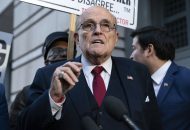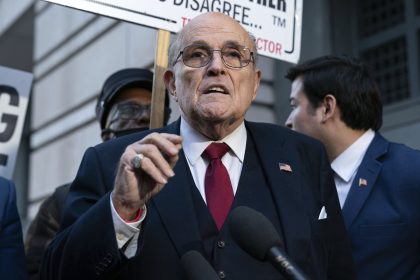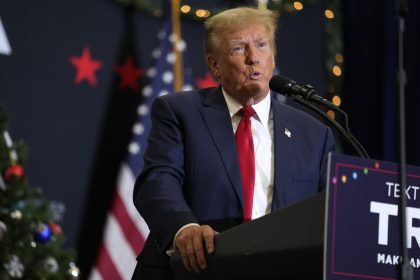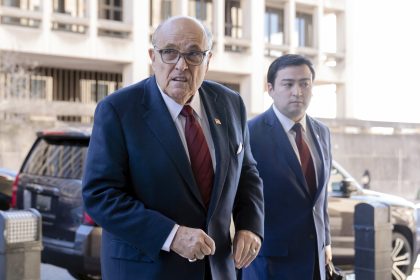Election Officials Talk Facts, Myths, and Safest Approaches to Mail-In Ballots
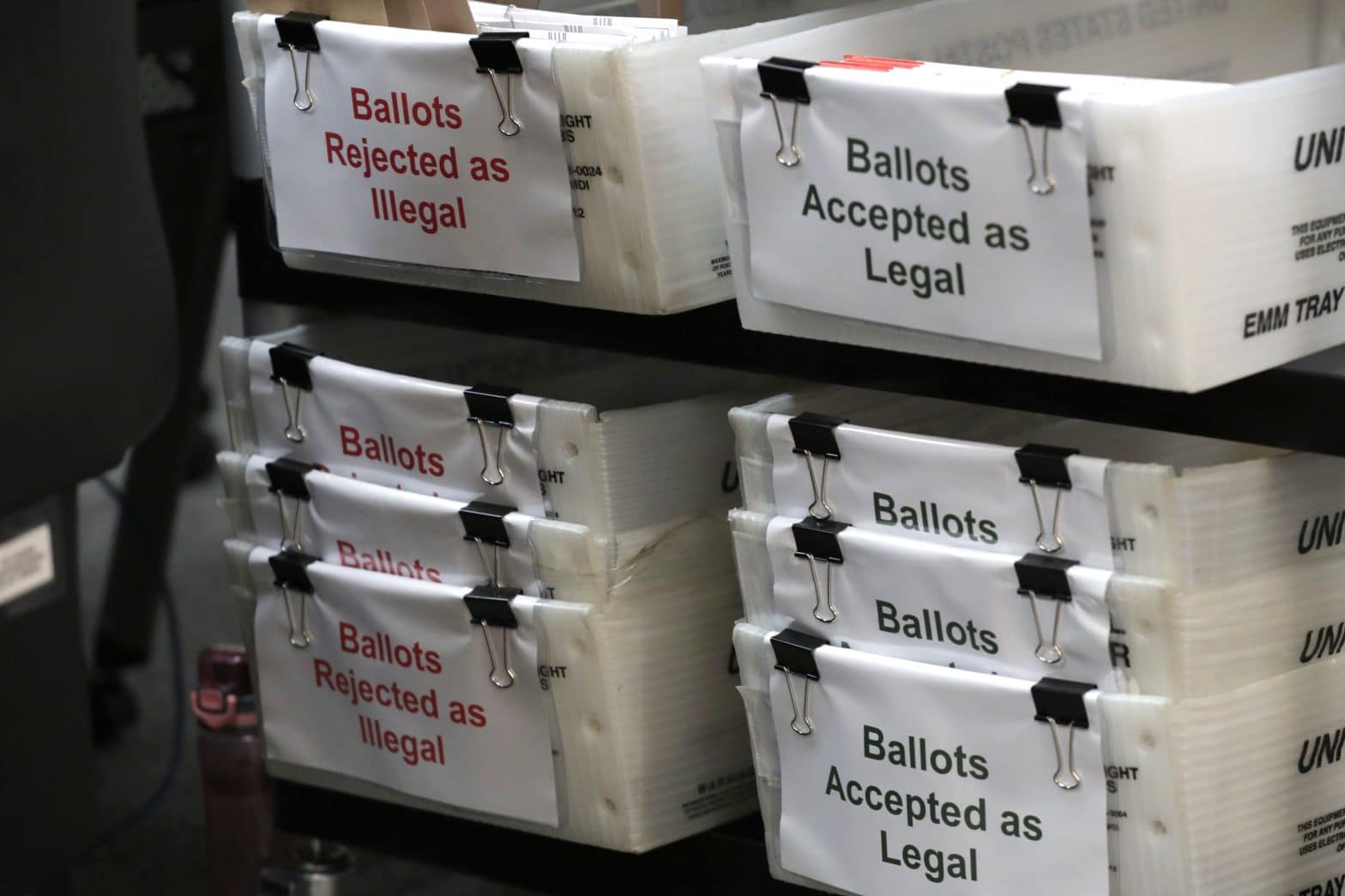
WASHINGTON — With just weeks until Election Day, the Bipartisan Policy Center wanted to be sure that Americans had access to all the facts about voting in the 2020 election. The think tank recognized misinformation perpetuating — specifically surrounding the vote by mail process — and given that more than 50% of voters are expected to cast mail ballots in the upcoming election, assembled a panel of experts to discuss facts, myths, and safest approaches to casting mail-in ballots this Fall.
While some claim that voting by mail could result in widespread voter fraud, mail-in ballots have proven to be safe and secure. It is true, however, that mail-in voting is not without complication for voters and election administrators.
Amid the COVID-19 pandemic, many are encouraging voters to mail in their ballots instead of showing up in person to vote. But either way, election officials have confidence in the system’s ability to accurately and efficiently process ballots on Nov. 3 as well as the days leading up to it.
“Our job as election officials is to make sure that all voters have an option,” said Washington’s Secretary of State, Kim Wyman. “For many states, [that means] radically changing the way that we vote… but [election officials are] going to step up and make it happen.”
Washington, which has participated in mail-in voting for all residents for the past several years, is among the five states that, pre-pandemic, had already sent every registered voter a ballot in the mail. Now, 29 states and D.C. are joining those states with no-excuse absentee balloting. And when it comes to absentee ballots versus mail-in ballots, Wyman says there isn’t much difference.
“An absentee ballot is requested by the voter; Vote by mail is automatically sent to you by the government,” said Wyman. The only difference is that absentee ballots have to be requested by the voter and that some states require an acceptable “excuse” as to why that voter can’t make it to the polls on Election Day.
“In states that have the most options, it’s going to be a much smoother process,” agreed New Mexico’s Secretary of State, Maggie Toulouse Oliver.
New Mexico is among those states that are allowing no-excuse absentee balloting for all state residents. The state also began early voting on Oct. 6, 2020.
“We’re shifting from not much vote by mail to a greatly increased vote by mail,” said Oliver, who admitted that the state made changes to some election deadlines and procedures during its recent special legislative session to better accommodate the influx of mail ballots used by voters because of the COVID-19 pandemic.
Oliver suggested that voters “take advantage of any early option they can,” noticing that New Mexico was experiencing a drastic shift. Those that preferred to vote early and in-person now are taking greater advantage of their mail-in option. And voter turnout — which includes mailed-in ballots — appears poised to break records.
“In addition to heightened interest in the political process, the pandemic has brought [to the forefront] decisions politicians make that affect Americans’ day-to-day life,” said Oliver, explaining why she expects higher than usual voter turnout this year. “High turnout has consequences that are good,” she said, “it also means we have a lot more votes to count.”
For those trying to avoid the polls in person, staying on top of deadlines may be more important than ever this year. Officials have confidence in the U.S. Postal System but say that ballot return drop boxes are an equally important aspect of the vote by mail system.
“If you’re getting your mail, we’re getting our mail,” said Alysoun McLaughlin, deputy election director in Montgomery County, Md., who has noticed ballots coming in with postmarks only a day or two before receipt. While McLaughlin says her office has already started to open and tally votes the state is receiving by mail, Maryland also has the “ability to accept ballots postmarked on Election Day.”
New Mexico is also making sure to stay in close touch with the Postal Service, and according to Oliver has added components like “tracking ballots through intelligent mail barcodes” to be sure that all votes are received and counted. A number of states have even made policy adjustments to accept late ballots.
Still, if worries about the Postal Service persist, other secure methods for returning mail-in ballots include options to return by dropbox or dropping off a mail-in ballot in-person on Election Day.
“Voting by mail is a safe and secure option, but you also have in-person opportunities if you need them,” said McLaughlin, who hopes that by exercising their array of choices, there will be less crowding into close quarters and less anxiety surrounding the voting process this year.
She believes it should be “up to voters to decide what voting options work for them,” and cites that states with the most options and least barriers to voting always rank consistently higher in voter turnout, though a lot of states, including Maryland, have had to adjust quickly.
The pandemic has thrown a new level of challenge into the mix for election officials concerning both mail-in and in-person voting, including volume; time sensitivity; protection of physical polling locations, poll workers, and voters; cleaning and sanitizing locations, and tracking specific wait times at polling locations.
And for those choosing to vote in person, it is key to know your polling location and whether or not you’ve already requested a mail-in ballot be sent to you. This could result in voting on a provisional ballot, the ballot type which is actually the last to be counted.
It is also essential that voters inform themselves of the options available to them in each state, and not assume that the national narrative is true for their state and specific circumstances.
Misinformation “feeds the anxiety of voters,” according to McLaughlin, who says that every election official is preparing for accountability and control measures by building out capacity, ensuring consistency, and making back-up plans and adjustments for concerns as they arise.
“Election officials are planners by nature,” McLaughlin added. “Everything that we planned for has changed, and the volume so much higher, but we’re nimble…. and [we want voters to] exercise the franchise in the best way that works for them.”
The best way to support election administrators, “is to apply for and submit your votes as early as you can,” according to Oliver, who appreciates the variety of ways voters can exercise their rights this year so as not to overwhelm the system by using the exact same mechanism at the exact same time.
Also, know that “elections are run by human beings — it’s a human process. Mistakes can be made,” Oliver said.













